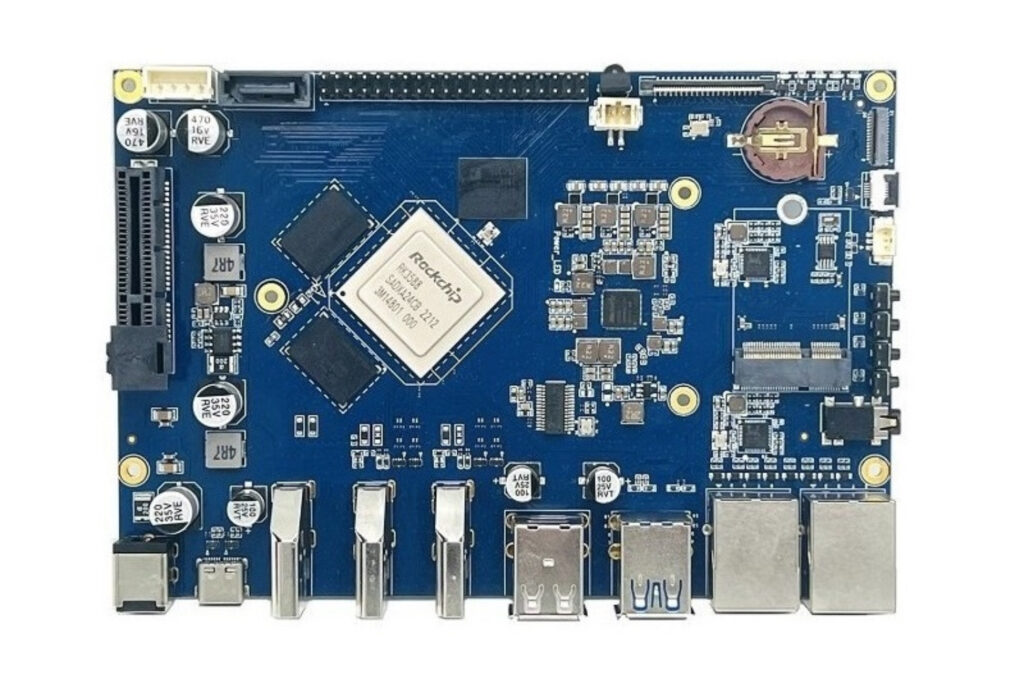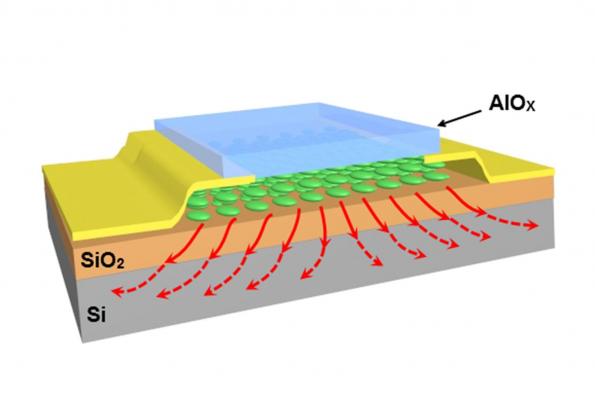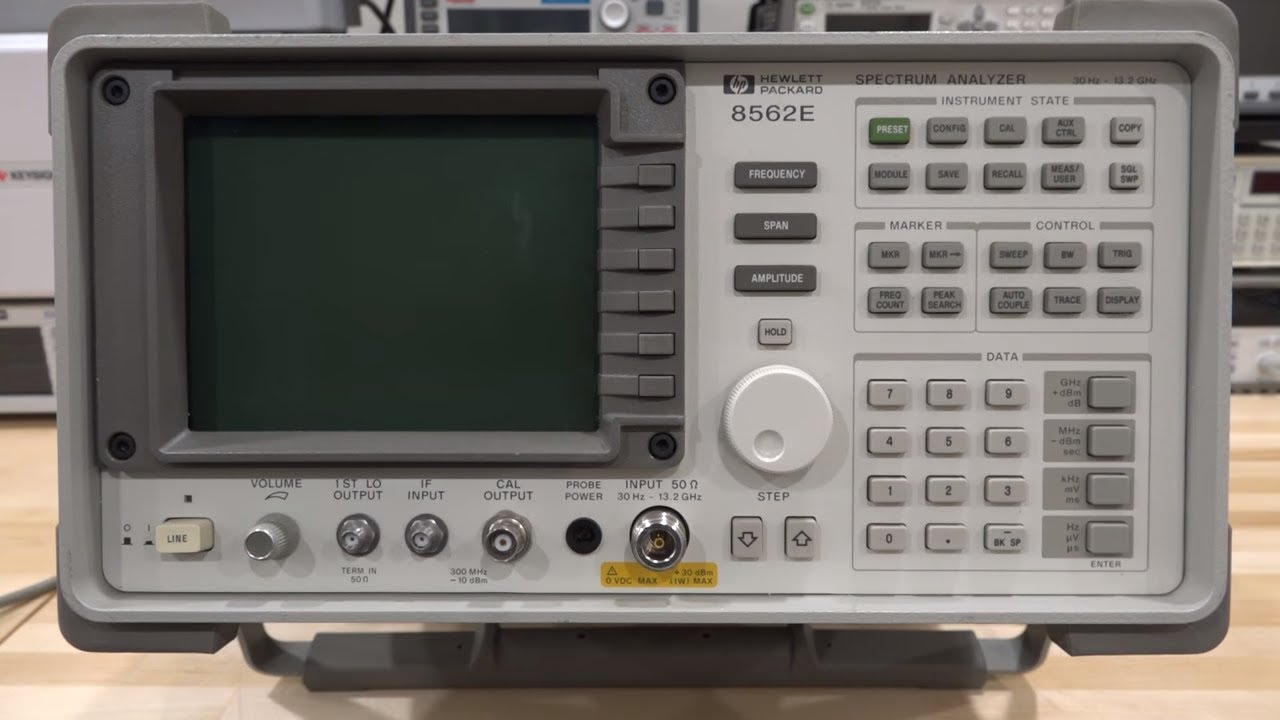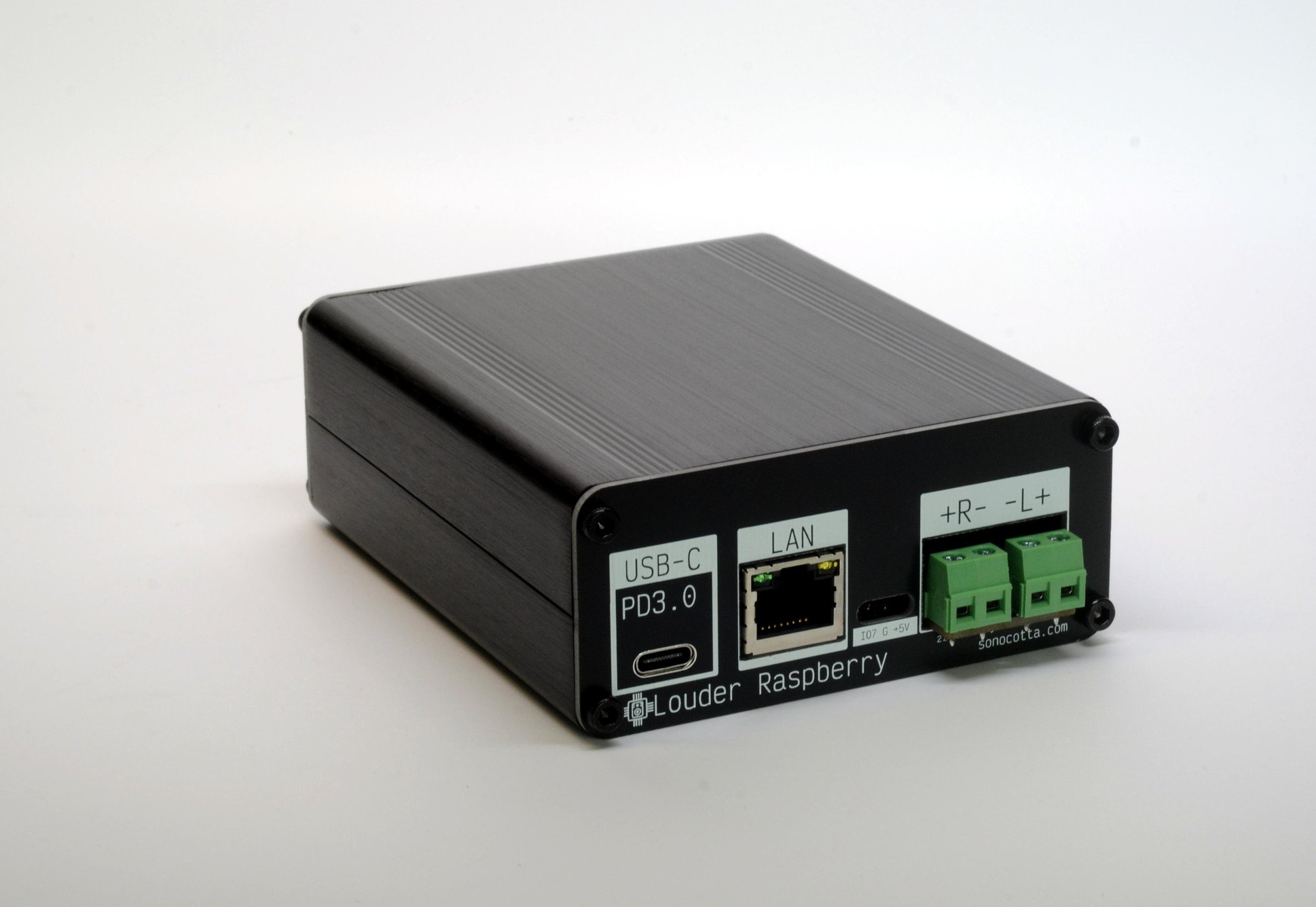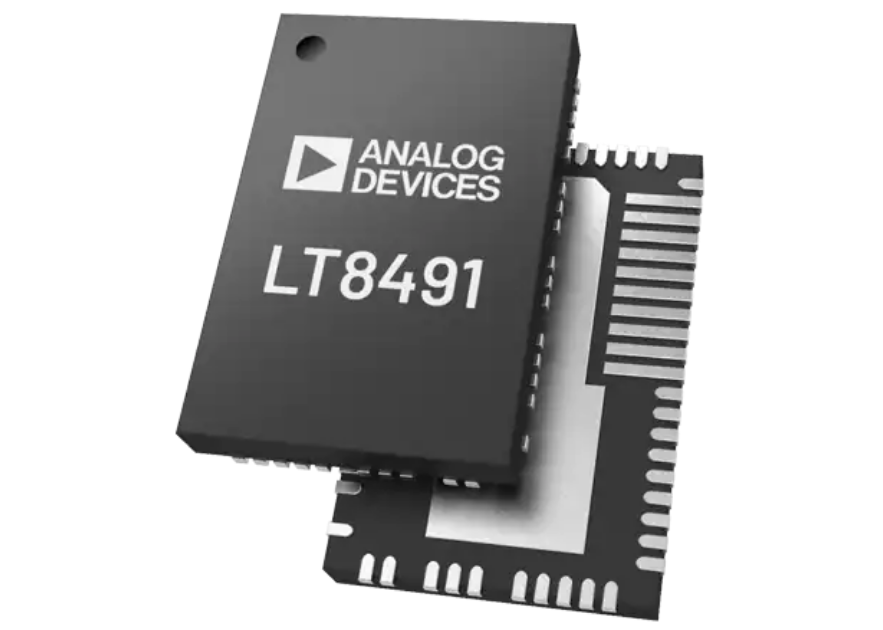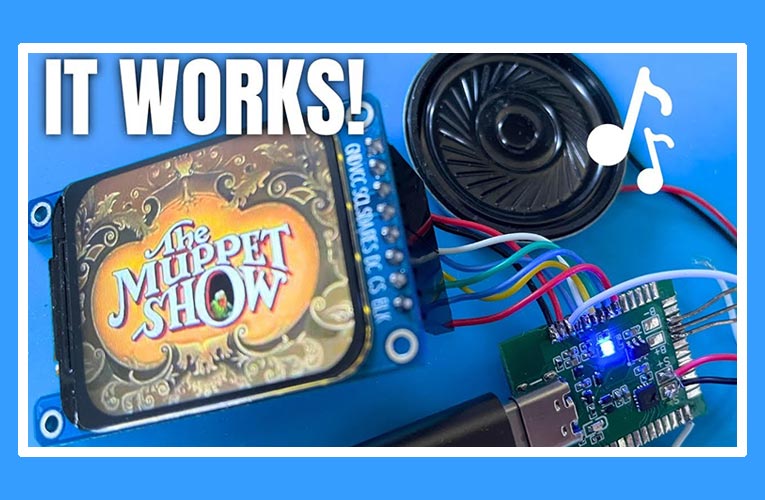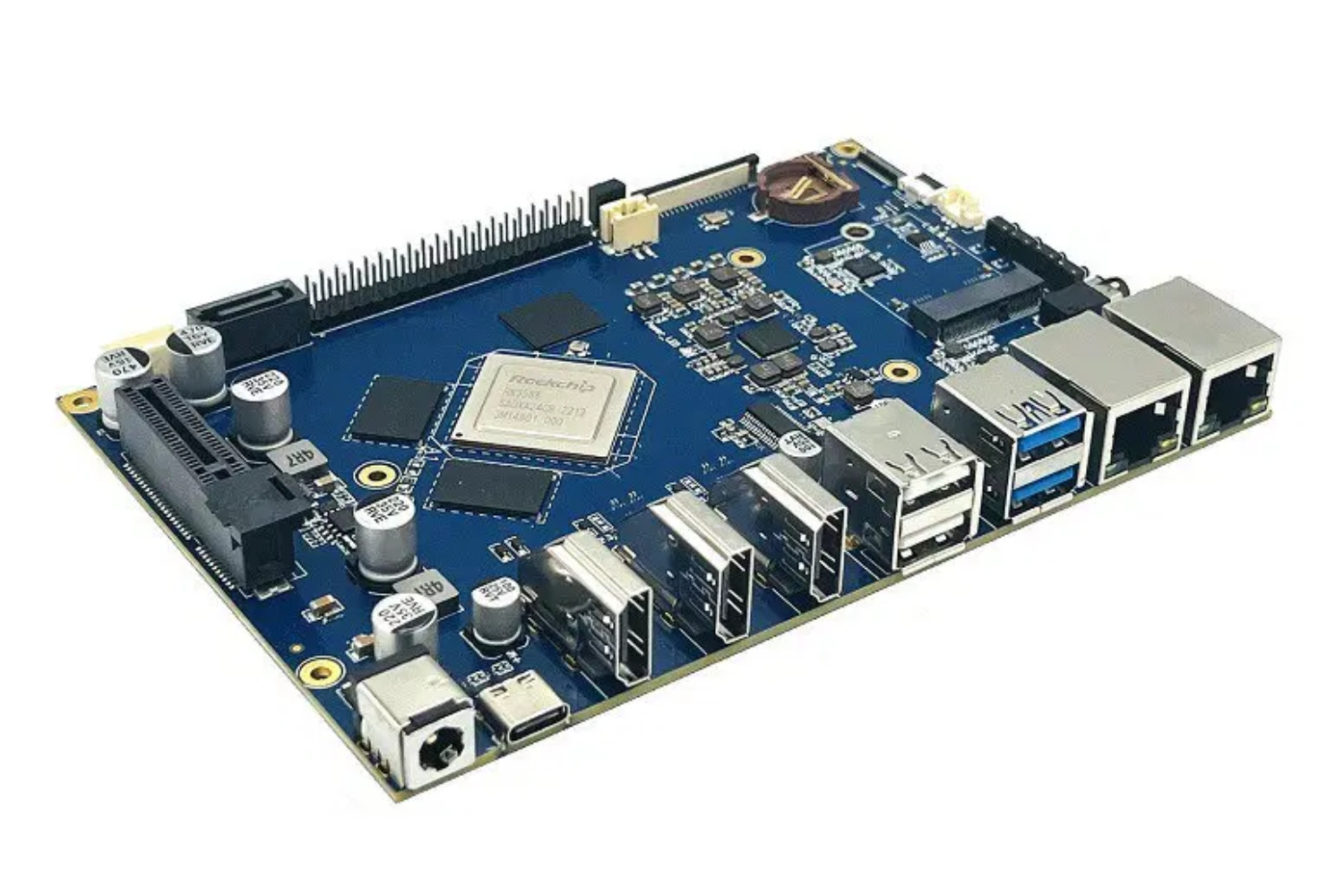
Banana Pi BPI-W3 router-based single-board computer is now available for samples
SinoVoip Co. Limited has introduced a Banana Pi BPI-W3 router-based development board built around the Rockchip RK3588 system on a chip featuring a quad-core Arm Cortex-A76 processor and a quad-core Arm Cortex-A55 processor which makes it a total of eight core CPU processors. The hardware delivers 6 TOPs in the INT8 neural processing unit integrated with 8GB of memory and upgradeable 32GB eMMC storage to operate various open-source operating systems, such as OpenWrt, Android, and Linux.
Recently another hardware was seen integrated with RK3588, the Mixtile Blade 3, a stackable, high-performance single-board computer. The system-on-chip has an impressive graphics processing unit, Arm Mali-G610 MP4 that supports OpenGL ES 1.1/2.0/3.2, OpenCL 2.2, Vulkan 1.1 Embedded high-performance 2D acceleration hardware. Video capabilities are the key highlights of Rockchip RK3588, with 8K at 60 frames per second video decoding and 8K at 30 frames per second video encoding.
Specifications of Banana Pi BPI-W3 board:
- SoC: Rockchip RK3588 system-on-chip
- CPU: A quad-core Arm Cortex-A76 and a quad-core Arm Cortex-A55 processor core
- GPU: Arm Mali-G610 MP4
- NPU: 6 tera operations per second at INT8
- Memory: 8GB LPDDR4
- Storage: 32GB eMMC flash
- Interface: 1x SATA hard disk interface, 2x 10/100/1000Mbps Ethernet
- Video encode: Supports 8K at 30 frames per second, H.265 and H264 video encoding
- Video decode: Supports 8K at 60 frames per second, H.265, AVS2 profile, VP9 video decoding
- HDMI: 2x HDMI out and 1x HDMI in
- GPIOs: 40x pins header, 28x GPIOs
- Serial communication: UART, I2C, SPI, I2S
- Software: Android 12.0 and Linux operating system
- Power: 12V/2A
- Operating temperature: 0°C to 80°C
- Dimensions: 148×101 mm
Even though the hardware platform is equipped with 32GB eMMC flash storage, the manufacturer has provided the Banana Pi BPI-W3 single-board computer with a SATA interface for an external hard disk. Along with rich expansion headers and 28 general-purpose input/output pins, it makes the user want to interface with external I2C sensors for added capabilities.
On the software side, the user has an option between Android 12.0 and Linux operating systems. However, for video decoding and encoding applications, it is recommended to use Android 12.0 for better performance and optimization.
For more information on the product, Banana Pi has provided a wiki page.





